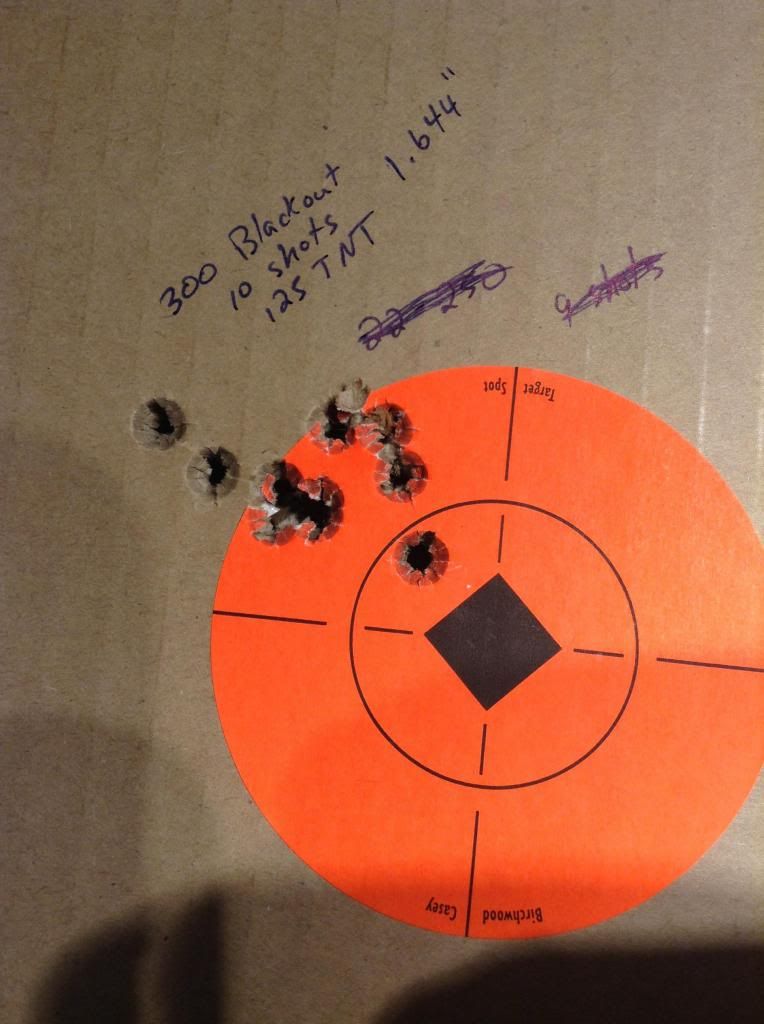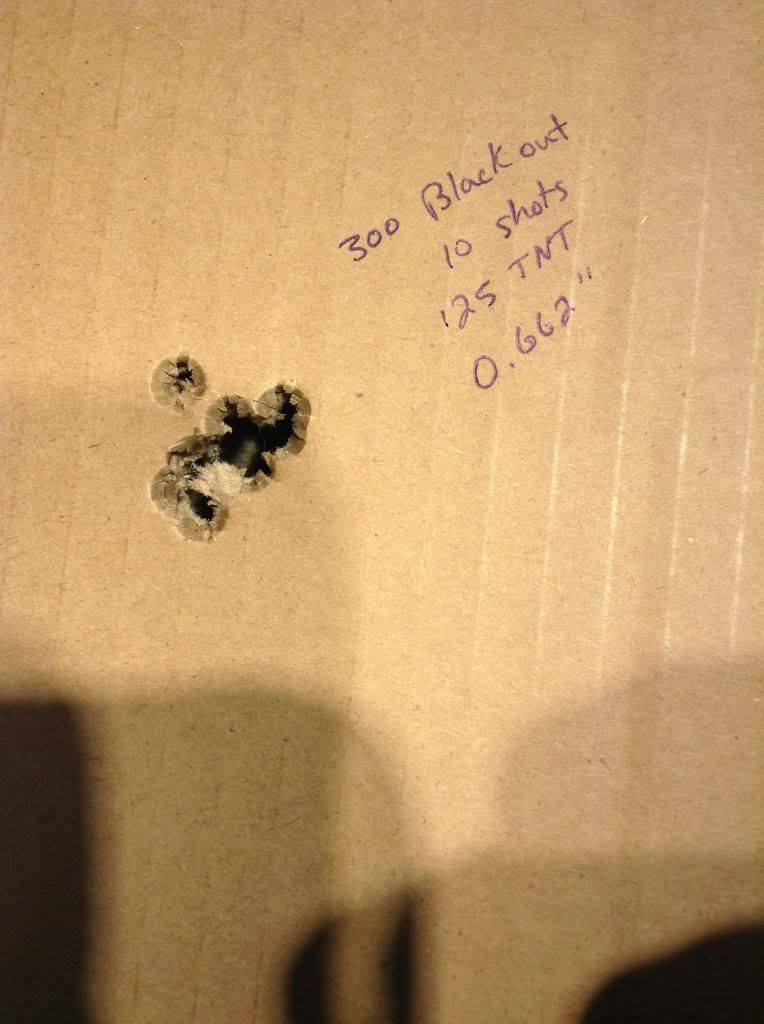I just picked up a Rem 700 SPS in 300 blackout. I'm looking to use it as a plinking/practice gun, maybe some deer hunting. As such I was planning on shooting a lot of cast bullets, but now I'm not sure that will work. The bore on this gun is really rough. You can easily see the chatter marks at the muzzle. It also picks up a huge amount of copper fouling. Sorry it doesn't show in the picture, but that is after one shot on a totally clean bore. I'm afraid it will lead like nobody's business.

Anyways I was wondering if anyone had some advice? Would fire lapping help this bore? Am I stuck with a lifetime of cleaning on this one?

Anyways I was wondering if anyone had some advice? Would fire lapping help this bore? Am I stuck with a lifetime of cleaning on this one?



